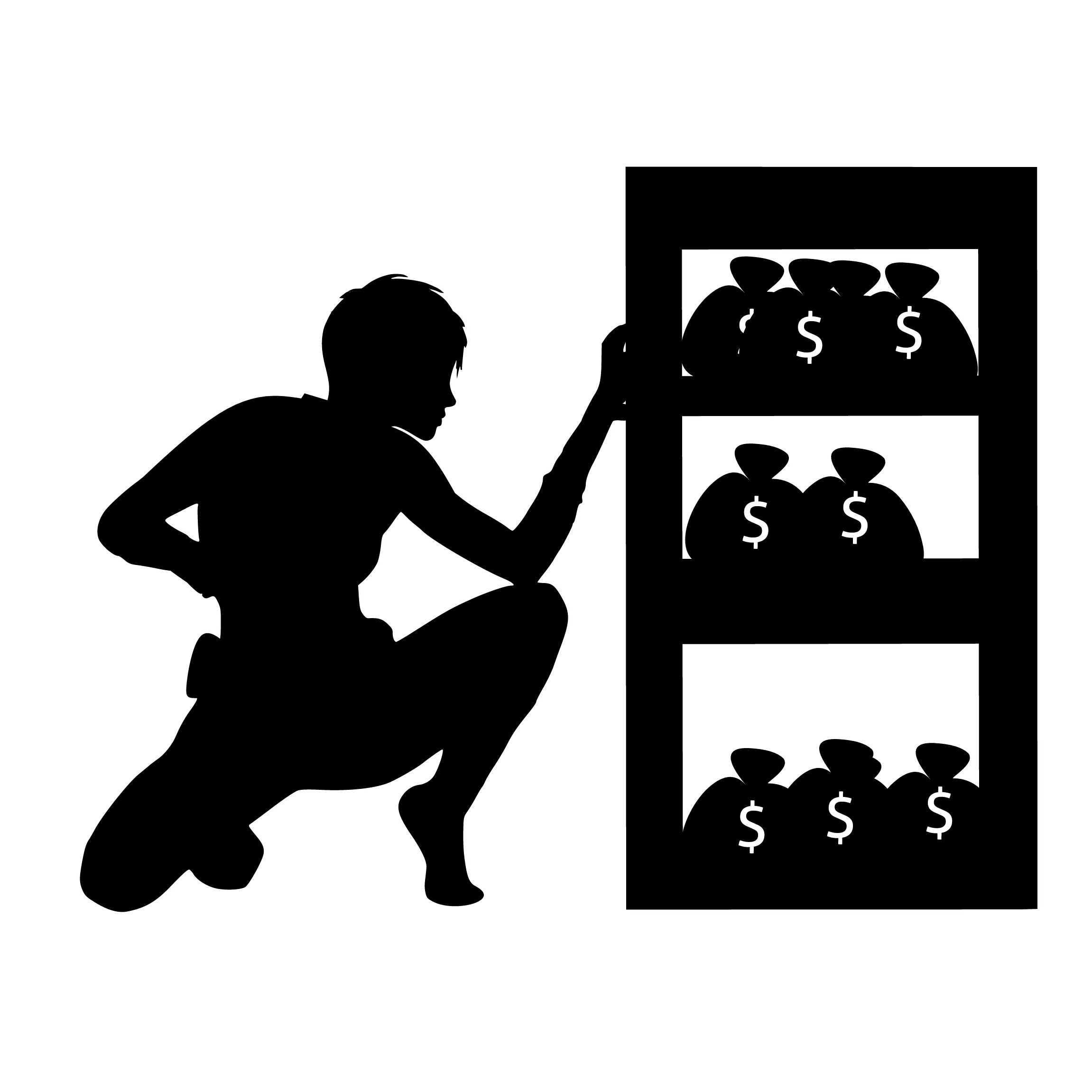List-Makers Rule the World!
/October 30 is National Checklist Day. Honest!
Extreme workout checklist. Whew!
Just kidding. That’s HIS checklist, not ours.
Some of you are list-makers.
Do you keep a list of movies you want to watch, books you want to read, restaurants you want to try?
Do you start off the new year with a list of goals?
Do you have a list of chores for each member of your family?
And the ultimate sign you are a list maker:
Do you ever get something done, then go back and write it on your To-Do List, just so you can cross it off?
Lovely list-maker
A to-do list is like a wish list, except you are more likely to do the things on your to-do list.
A wish list is like those New Year’s resolutions. “I wish I could lose weight.” “I wish I could put more money in savings.”
Wishful thinking.
Yet to-do lists seem to compel us to take action.
Hooray!
Taking action is a good thing! (Unless robbing a bank is on your To-Do list).
Bank robber silhouette.
What about our children? Can we make to-do lists for them?
A chore chart is a to-do list.
GO TO SCHOOL LIST
Eat breakfast
Get dressed
Brush teeth & hair
Put on socks and shoes
Get backpack
Get lunch
Beautiful school morning!
Easy, right? Mornings should be a breeze!
We wish!
Watch this 38 second video to see what our expert says about to-do lists.
Our children need our help. Even more so if they are affected by ADHD or autism or other disabilities.
A list could help.
“Remember, they need to keep it short,” says our expert Cindi.
You can’t wish away ADHD. But there is hope for your child with ADHD. Here are some list-making strategies that parents find helpful:
Making a list is a great form of mental rehearsal, of going through the tasks and goals of the day. As you help your child make a list, talk about each step so they can visualize doing it.
Many kids with ADHD have poor handwriting due to problems with fine motor coordination. Writing and talking through the list is more important the reading the list. Writing on ‘special’ paper, such as sticky notes or official planning paper or even a tablet, can help.
Keep the list short; three items is a good list. Watch for when your child gets frustrated with an item on the list and help them change the failure message. Be their cheerleader!
You are a resourceful parent. Do you use special paper for your child’s to-do lists? What have you found works for to-do lists? How will you be your child’s cheerleader today? Let us know so we can share with other parents just like you.
Every day should be Valentine’s Day!
PS. This is just a small example of the benefit we have in ADHD Parent Master Course: Knowledge is Power. Learn more here. Join us! And if you’re experiencing autism, see our other resources here.







